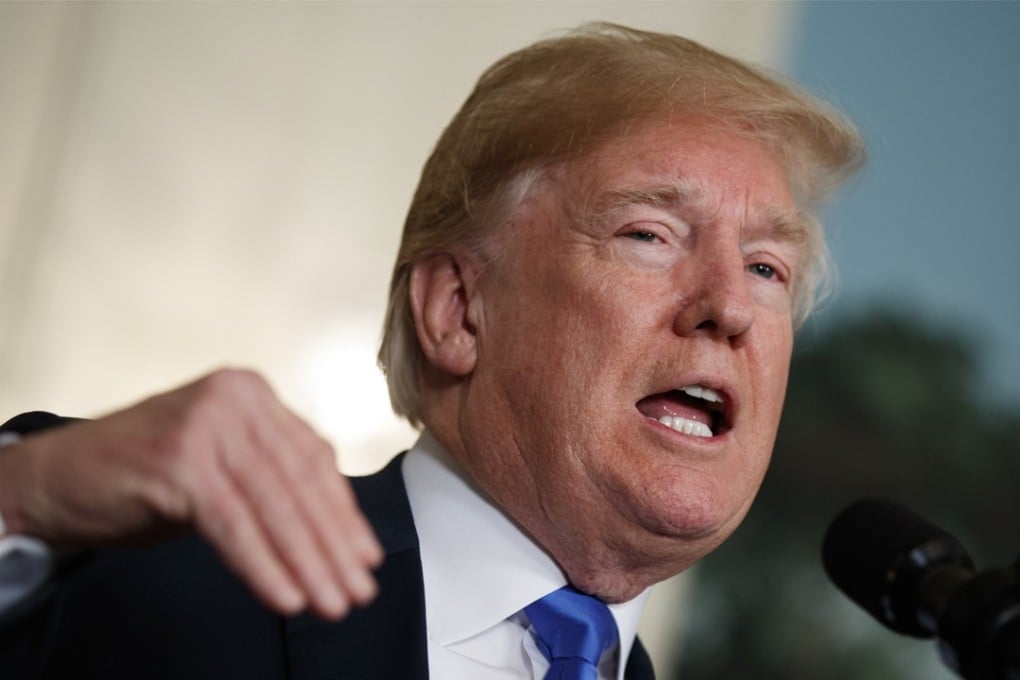Donald Trump’s US$50b tariffs target Beijing’s ‘Made in China 2025’ tech strategy
The list of items includes high-definition colour video monitors, electromagnets used in MRIs and aerospace parts as well as machinery used to make or process textiles

Washington released a list of Chinese products representing about US$50 billion worth of annual imports to the US, which will be subject to punitive tariffs, a move that results from a US Trade Representative investigation into China’s trade practices.
The trade representative’s office said officials identified items that “benefit from Chinese industrial policies, including Made in China 2025,” referring to Beijing’s plan to dominate certain strategic technologies.
Speaking shortly before the USTR announcement, US President Donald Trump reiterated his intention to address a bilateral trade imbalance that has grown steadily since Washington began integrating economically with China and supported Beijing’s accession to the World Trade Organisation in 2001.
“We’ve helped rebuild China over the last 25 years, if you take a look at what’s happened. We have helped rebuild China,” Trump said before a working lunch at the White House. “So we intend to get along with China, but we have to do something very substantial about the trade deficit.”
The move drew immediate response from China’s US embassy in Washington, which promised to “take corresponding measures of equal scale and strength against US products in accordance with Chinese law”.